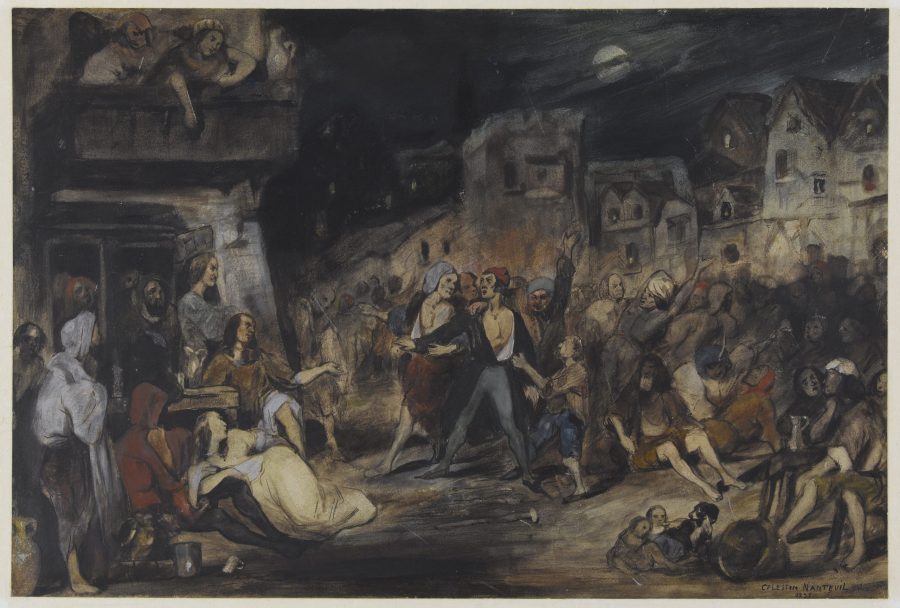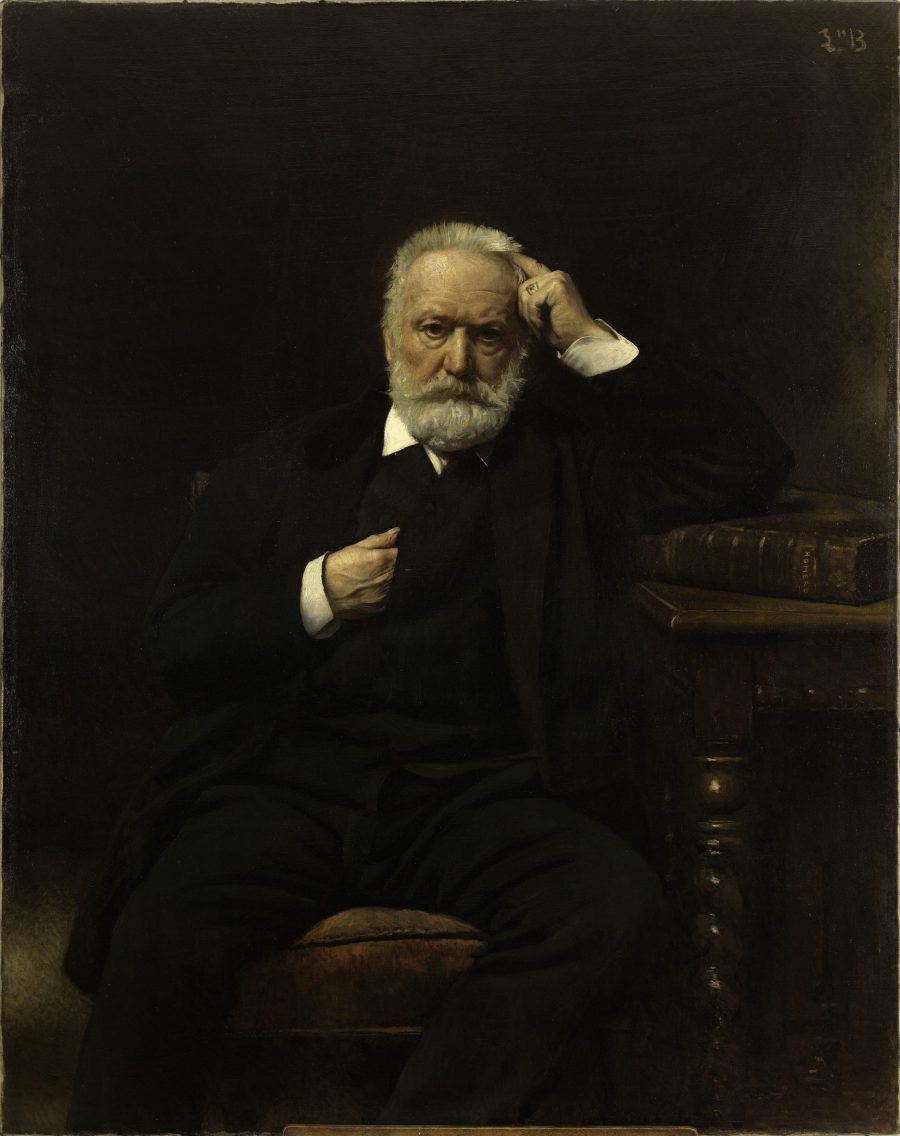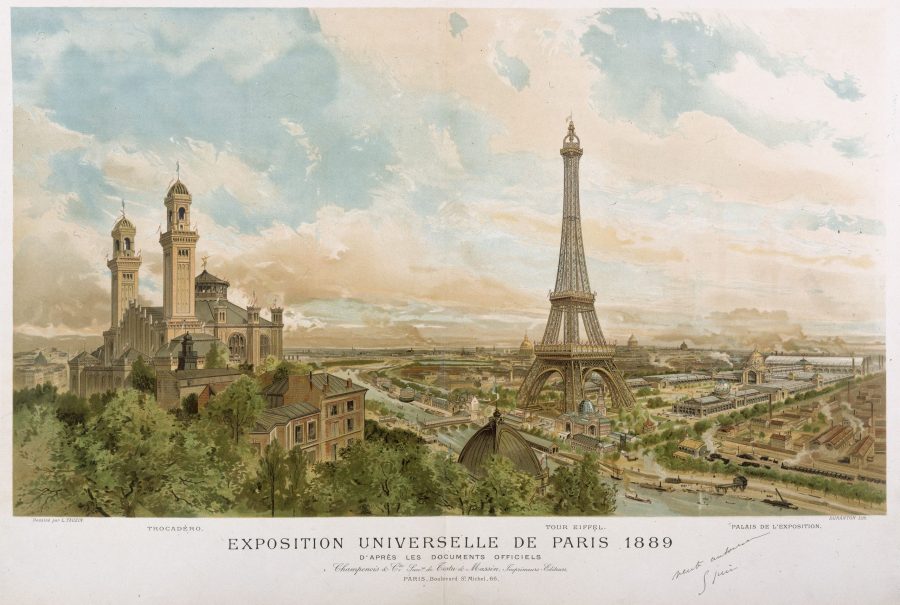Mr. Rogers’ Neighborhood, the iconic television series that ran from 1968 to 2001, is a major childhood touchstone for so many.
Raise your hand if you have a Pavlovian response to the familiar opening segment, in which Fred Rogers opens the front door to his humble living room set, heads to the closet, singing, to exchange his jacket for a comfy cardigan sweater, and then sits on a wooden deacon’s bench to swap out his street shoes for a pair of canvas sneakers.
As per the show’s website, this routine was a promise of sorts to viewers:
I care about you, no matter who you are and no matter what you can or cannot do… Let’s spend this time together. We’ll build a relationship and talk and imagine and sing about things that matter to you.
Fans of all ages—some too young to have caught the show in its original run—have posted over 28,000 grateful, emotional comments on the video, above, which teams the opening segment of the first episode, February 19, 1968, with that of the last episode, August 31, 2001.
The biggest change seems to be the move from black-and-white to color.
Otherwise, the tweaks are decidedly minor.
The wooden doors are replaced with similar models sporting cast iron hinges.
The window seat gets some pillows.
The shutters give way to cafe curtains, open to reveal a bit of studio foliage.
A fish tank is installed near the traffic light that signaled the start of every episode.
The closet fills with bright sweaters, many hand knit by Mr. Rogers’ mom—at some point, these transitioned from buttons to zippers, which were easier to manipulate and were quieter near his body mic.
(Once, Mr. Rogers buttoned his sweater wrong, but opted not to reshoot. Cast member David “Mr. McFeely” Newell recalled that his friend saw the on-camera boo boo as an opportunity “to show children that people make mistakes.”)
There are the framed trolley prints and Picture Picture, as constant and unfashionable as the braided rug and Bicentennial rocking chairs that were a feature of my grandparents’ house.
It’s such a good feeling, a very good feeling, to see how loyal Rogers and his producers were to these familiar elements throughout the decades.
Brace yourself, friends.
Mr. Rogers was kind of over these openers.
As his wife, Joanne Rogers, told The New York Times in 2001, a few months before the final episode aired:
He doesn’t miss the show. I think he misses the Neighborhood of Make-Believe because he enjoyed working with people around him. He really loves all of them, and he’ll keep in touch. But he did not enjoy what he called ‘interiors,’ the beginning and endings of the programs. He had gotten where he had really dreaded it so.
It wasn’t so much the repetitive nature of the greeting as the need to put on makeup and contact lenses, a telegenic consideration that didn’t factor in to the old black-and-white days. Mr Rogers said that he would have preferred presenting himself to the camera—and to the neighbors watching at home—exactly as he did to his friends and neighbors in real life.
Related Content:
Mr. Rogers’ Nine Rules for Speaking to Children (1977)
When Fred Rogers and Francois Clemmons Broke Down Race Barriers on a Historic Episode of Mister Rogers’ Neighborhood (1969)
Mr. Rogers Takes Breakdancing Lessons from a 12-Year-Old (1985)
Ayun Halliday is an author, illustrator, theater maker and Chief Primatologist of the East Village Inky zine. Join her in NYC on Monday, February 3 when her monthly book-based variety show, Necromancers of the Public Domain celebrates New York, The Nation’s Metropolis (1921). Follow her @AyunHalliday.






